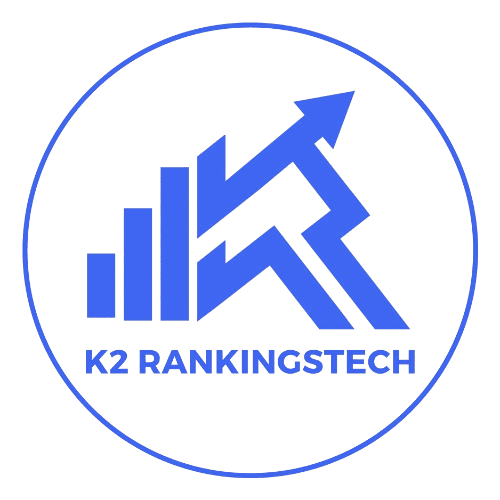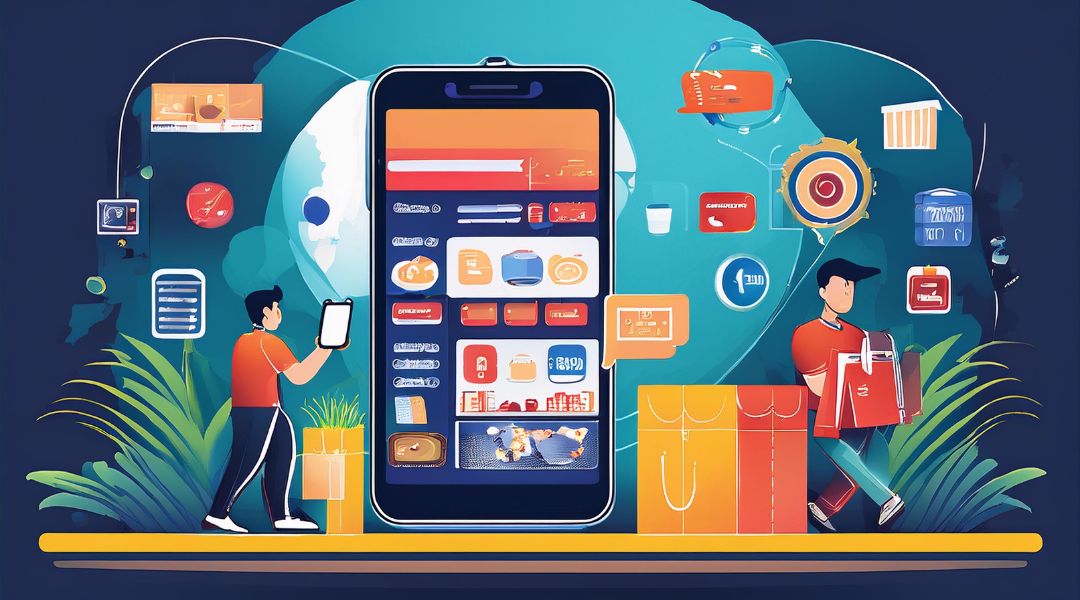As we approach 2025, the e-commerce space is changing rapidly. “As per Shopify, global e-commerce sales are assumed to be $8.09 trillion by 2028, a substantial increase in comparison to year-ago.”
Now this surge comes with opportunity and a challenge to businesses that want to make it in the crowded digital space. Yet, how do you create a winning marketing strategy to leverage these trends? To increase sales and build customer loyalty, where should you focus?
Let’s consider the key elements of a successful e-commerce marketing strategy for 2025.
Effective E-commerce Marketing Strategy for 2025
1. Personalization is Key
Consumers expect a personalized shopping experience. “Epsilon reports that 80% of customers are willing to buy more when brands deliver personalized experiences.” That is personalization.
This implies that personalized suggestions of products and timely advertising will result in higher conversion rates and greater customer satisfaction.
Tip: Use customer data and explore the use of artificial intelligence (AI) to provide personalized product recommendations, promotions based on individuals, and personal customized content, all within an omnichannel world.
2. Video Marketing Will Dominate
It is one of the most effective weapons in marketing. Videos are not only entertaining but also very powerful ways that can be used to present and demonstrate goods, increase brand name recognition, and increase sales.
Tip: Produce professional video content for Instagram, YouTube, and TikTok, including product demos, customer reviews, and live streams.
3. Mobile Optimization is Essential
Mobile commerce is growing day by day. Mobile website optimization is no longer an option but a vitally important component so as to reach a broader market.
Tip: Improve your website’s mobile experience with fast load speed, easy navigation through improved menus, and an efficient checkout experience, all of which will minimize mobile shopping frustration.
4. AI for Better Insights
Artificial intelligence (AI) is changing perspectives and behaviors toward customers within companies. AI can be applied to predictive analytics, customer segmentation, and personalized recommendations. “As noted by Digiworld News, AI will power 95% of customer engagement in 2025.”
Tip: Use AI-enhanced tools, including chatbot-based customer service and deep analytics, not only to inform but also to refine decision-making and campaign optimization.
5. Sustainability Matters
There is a marked increase in awareness of the environment on the consumer side, and “Nielsen has revealed that 66% of consumers would be prepared to pay more to buy environmentally friendly products.”
With a growing focus on doing business sustainably, positioning your business’s operations in line with a green ethos has the potential to enhance brand value.
Tip: Feature eco-friendly items, environmentally friendly packaging, and reliable sourcing policies in your marketing appeals to environmentally conscious consumers.
6. Omnichannel Marketing is the Future
By 2025, 73% of customers will use multiple touchpoints to make a purchase (Harvard Business Review). This means that omnichannel marketing is essential to provide a continuous, unseparated experience across every channel, from the web to social networks and the point of sale.
Tip: Provide a seamless, continuous experience across all channels, allowing for your brand to be easily accessed and recognized with every touchpoint.
Conclusion
In order to succeed in e-commerce advertising in 2025, personalization, video marketing, mobile optimization, AI integration, sustainability, and omnichannel strategies are the keys. These components are very necessary for improving customer interaction and sales.
Ready to upgrade your e-commerce marketing strategy? Contact K2 Rankings Tech today for expert guidance and innovative solutions to ensure your business succeeds in 2025!

